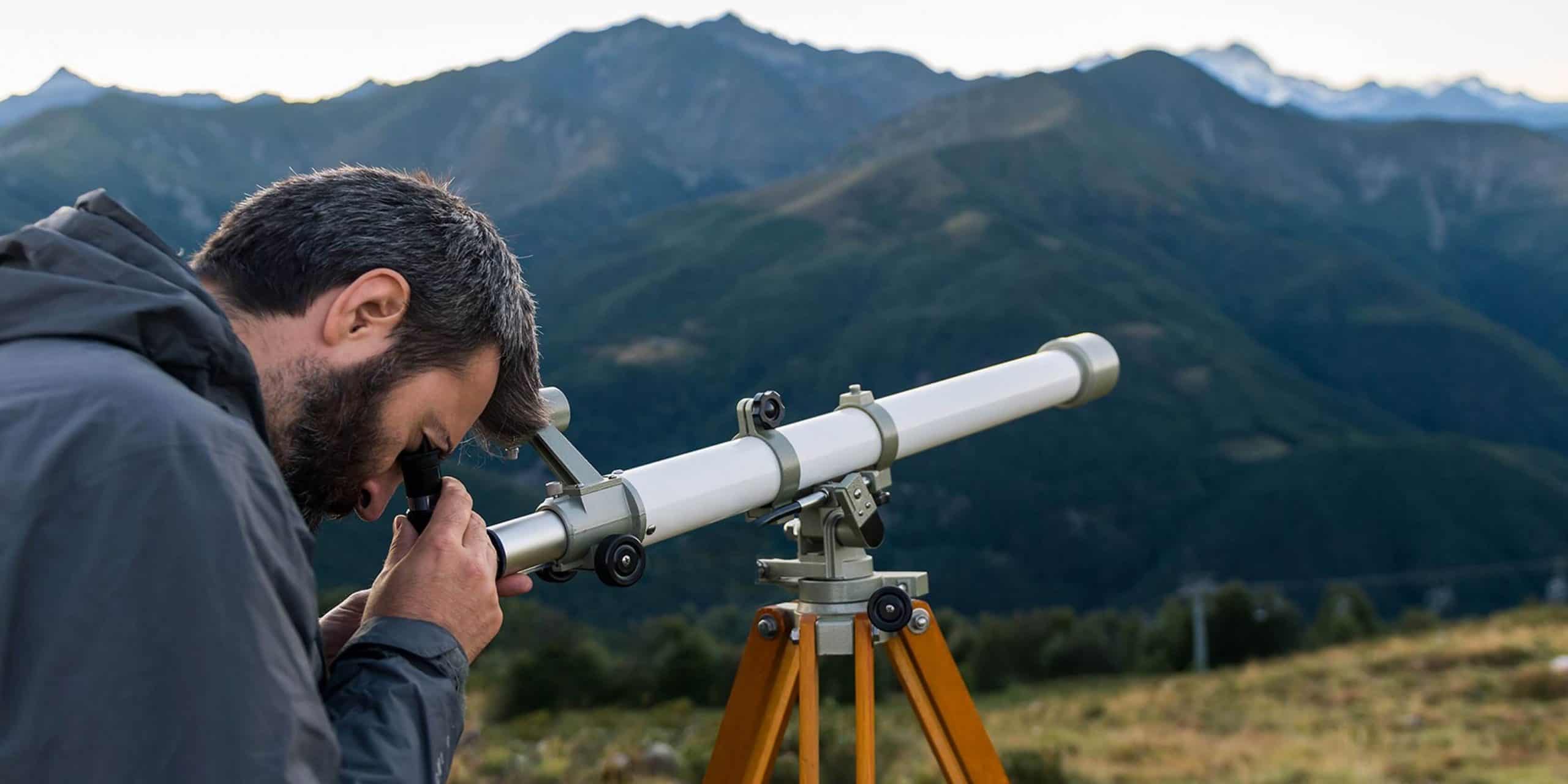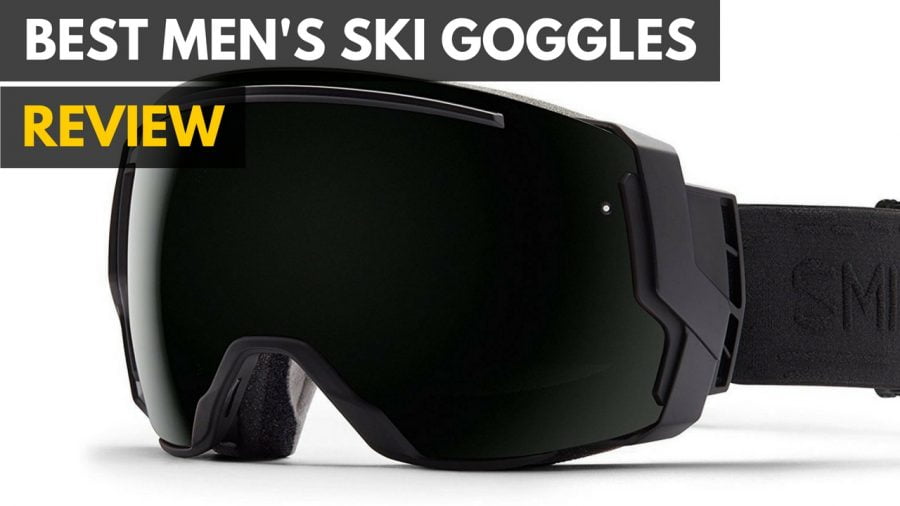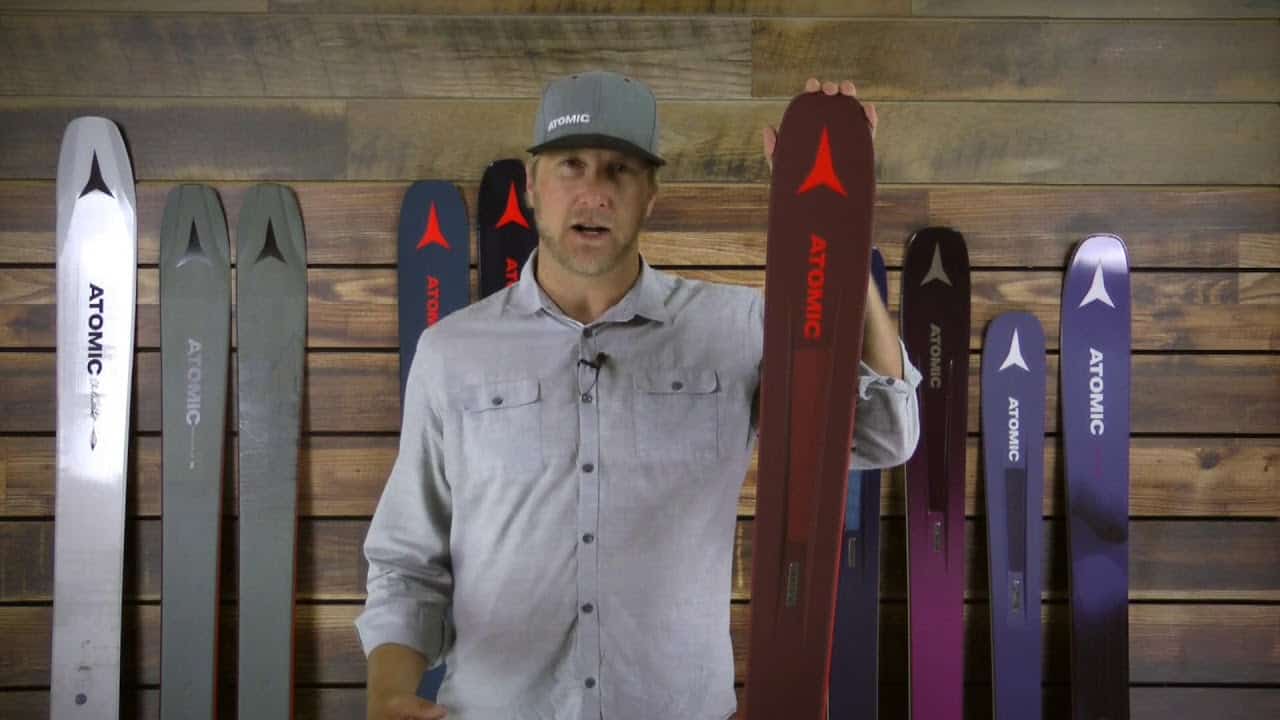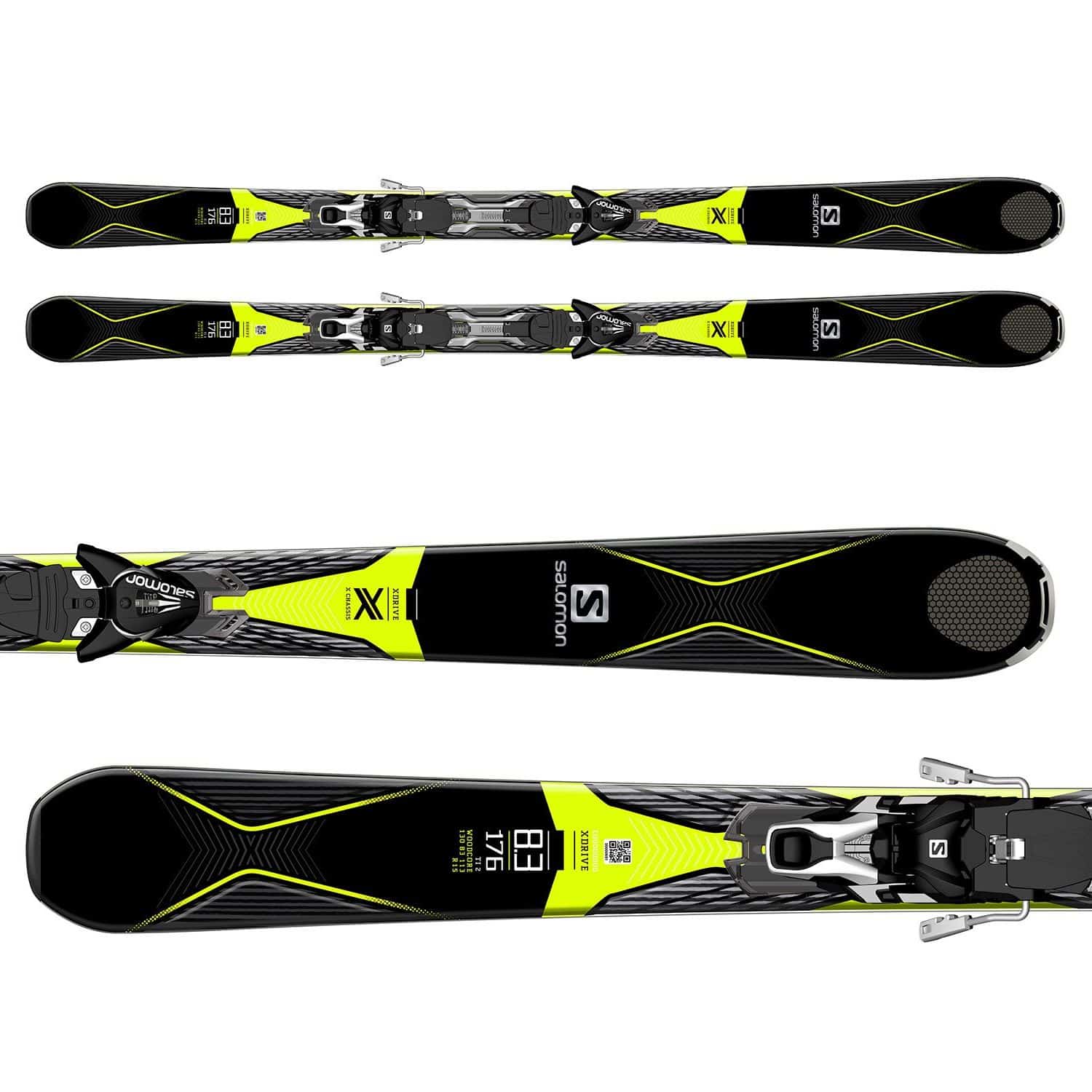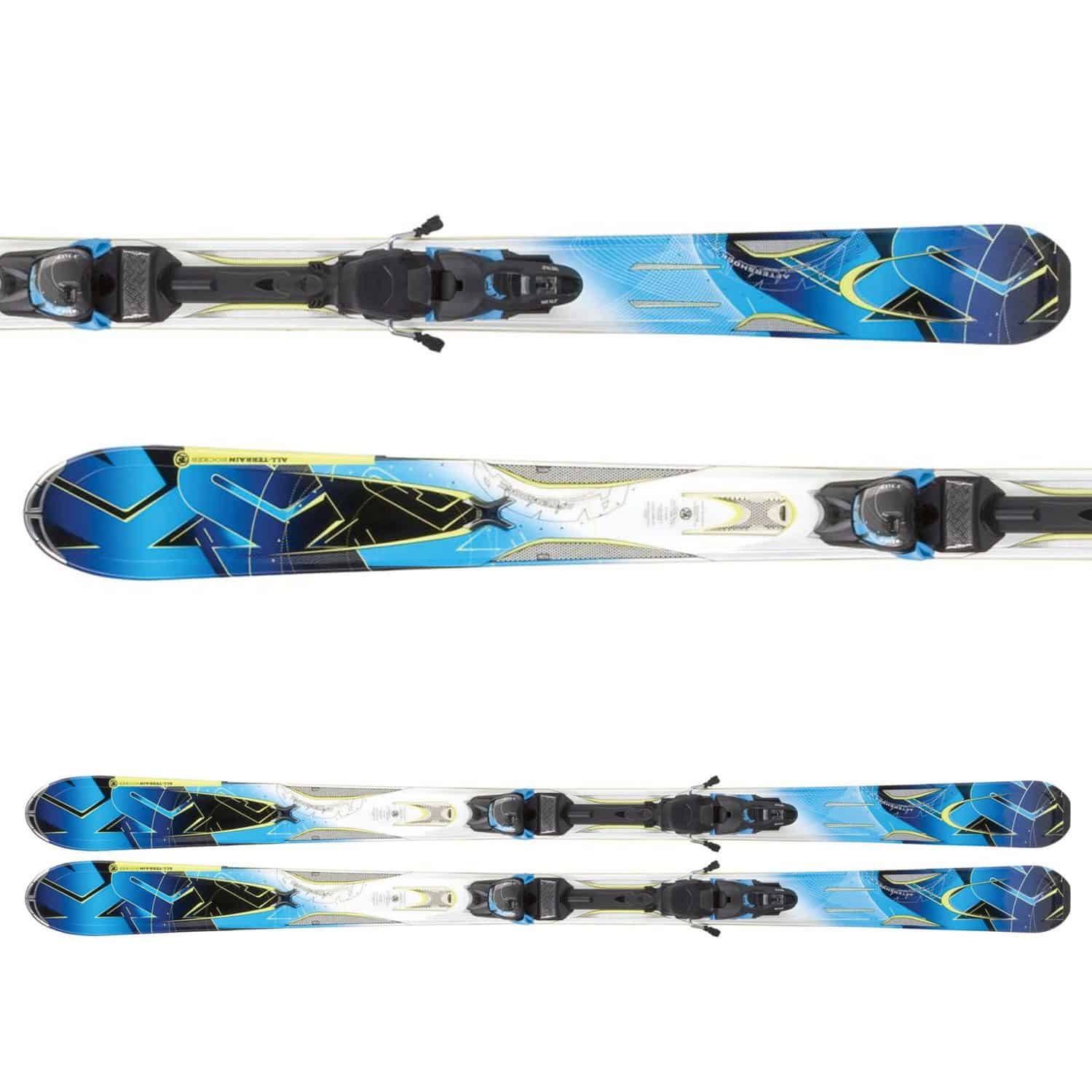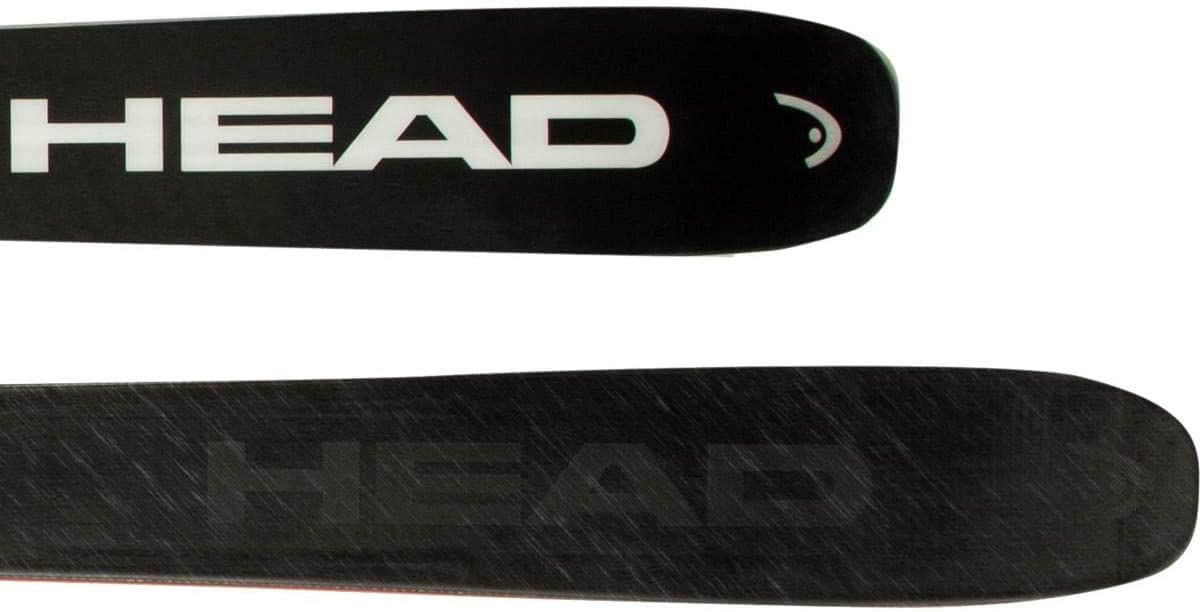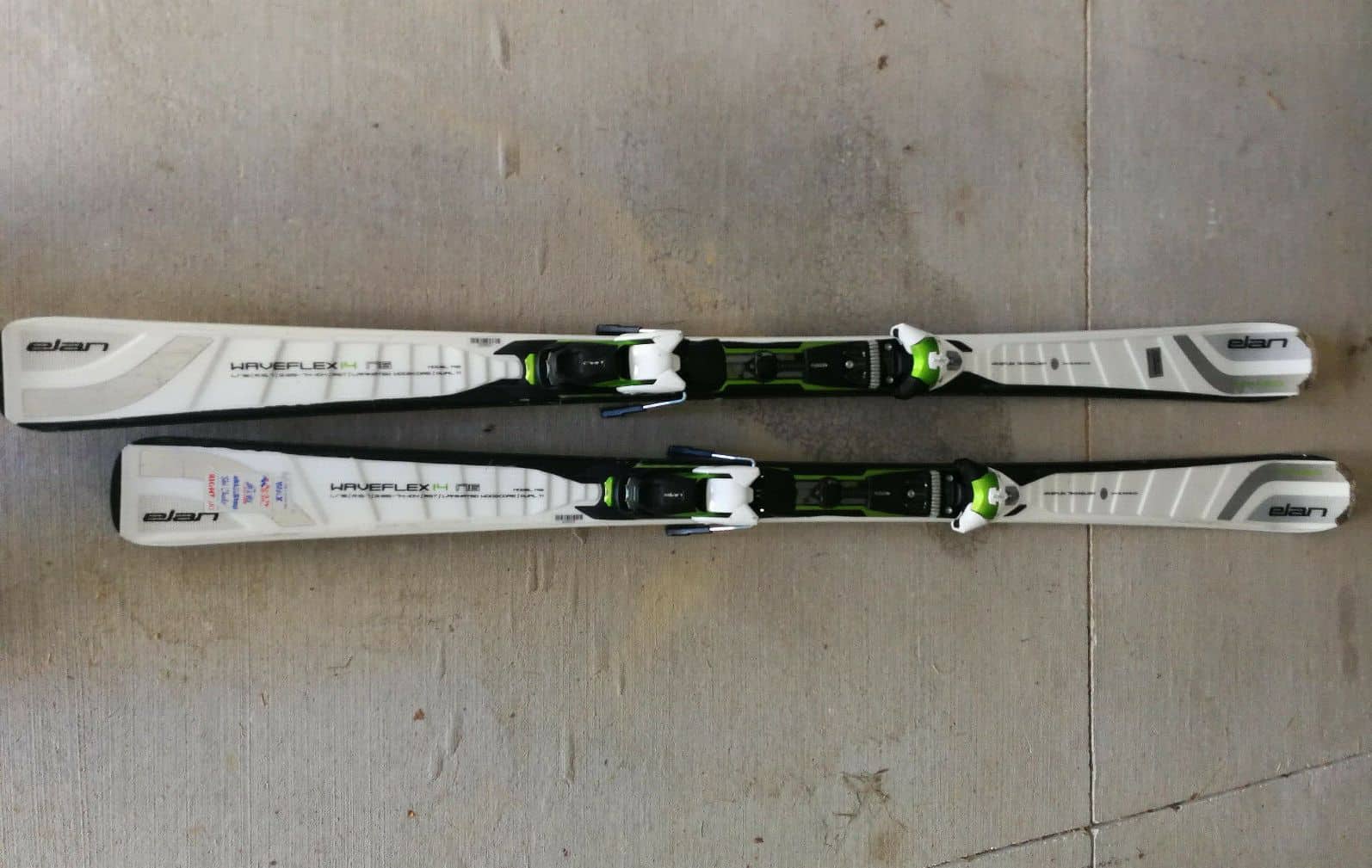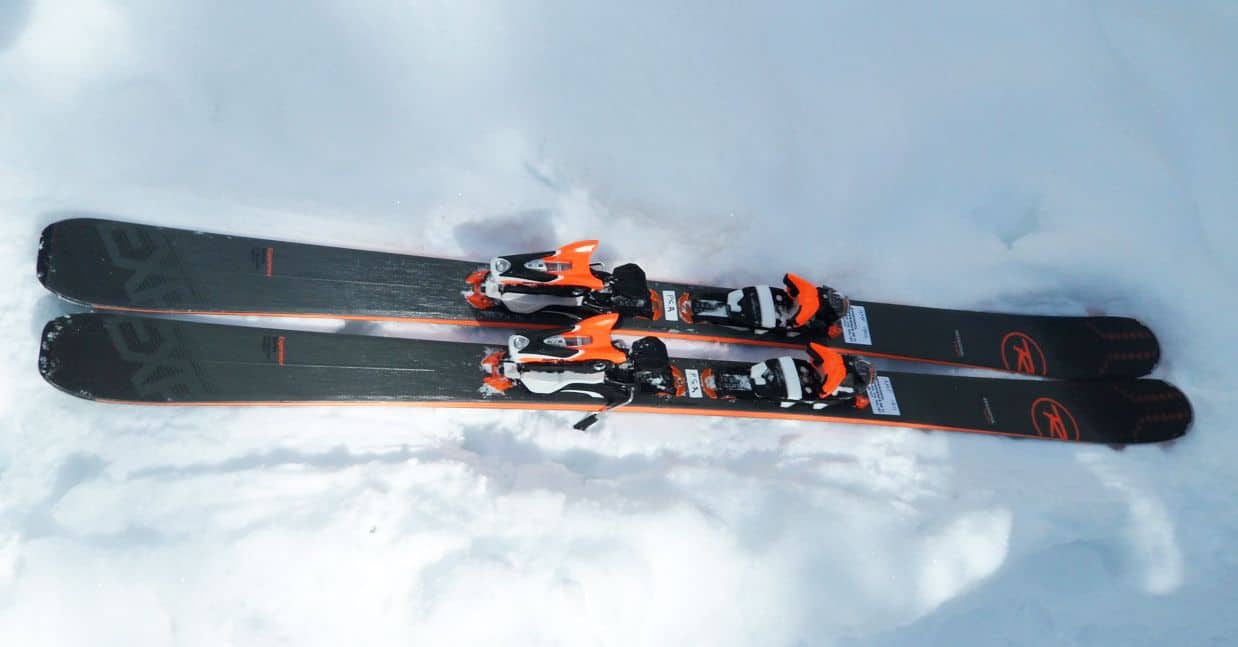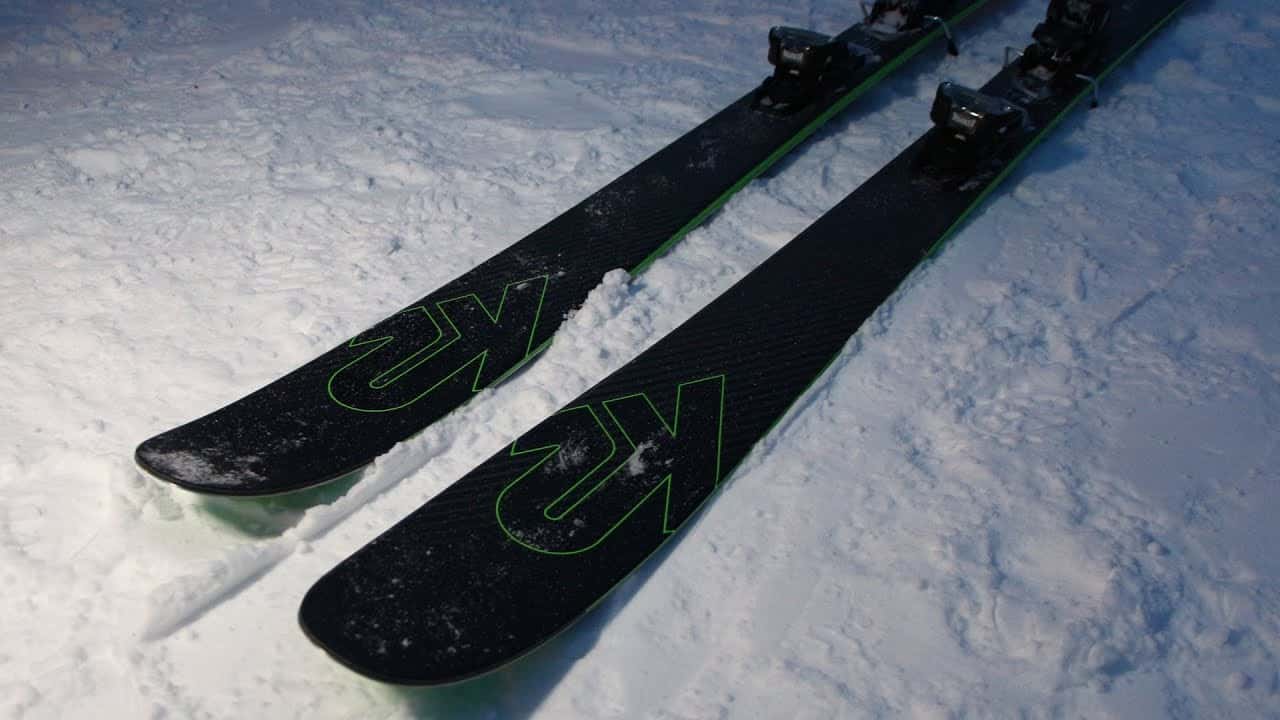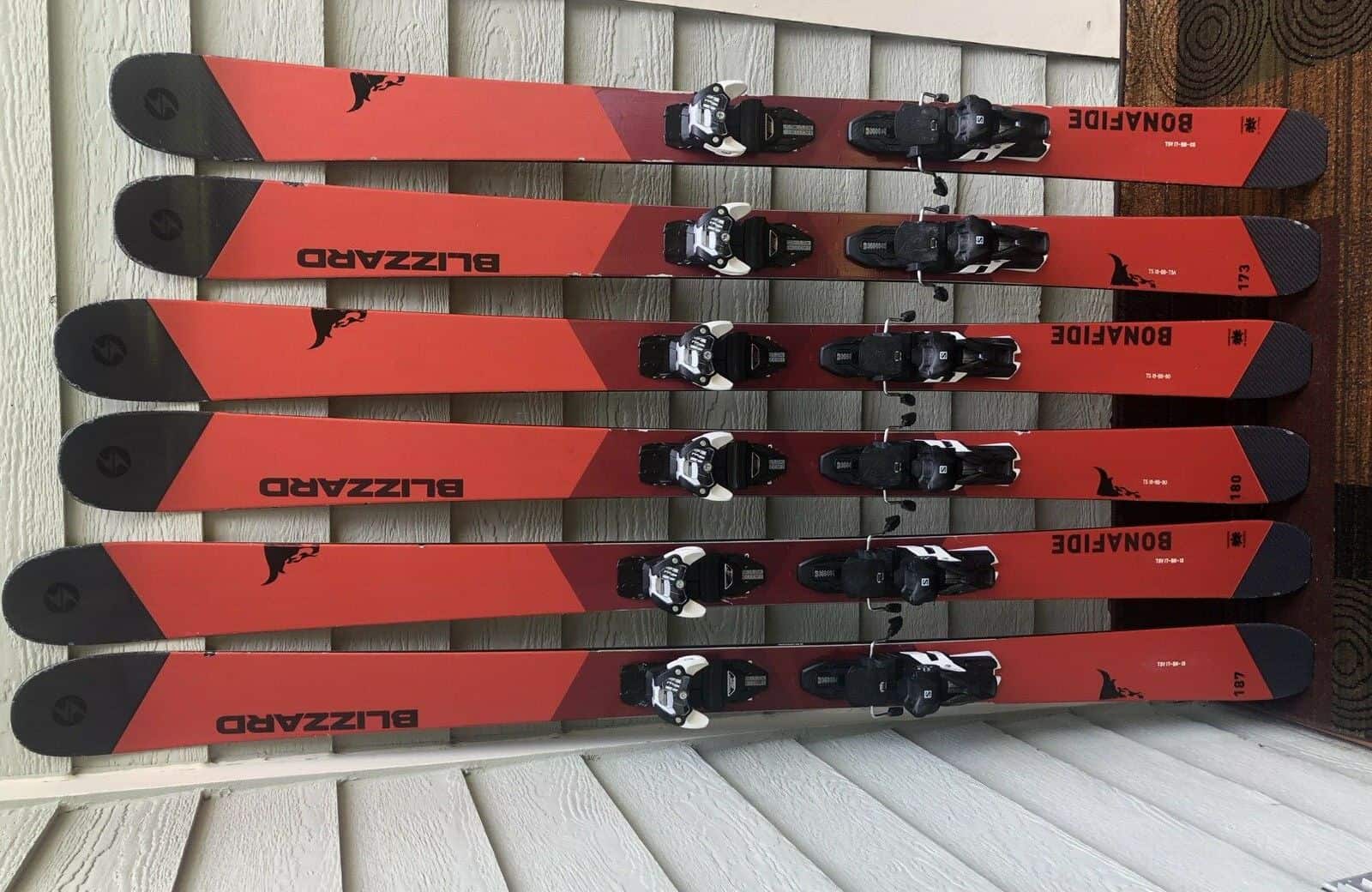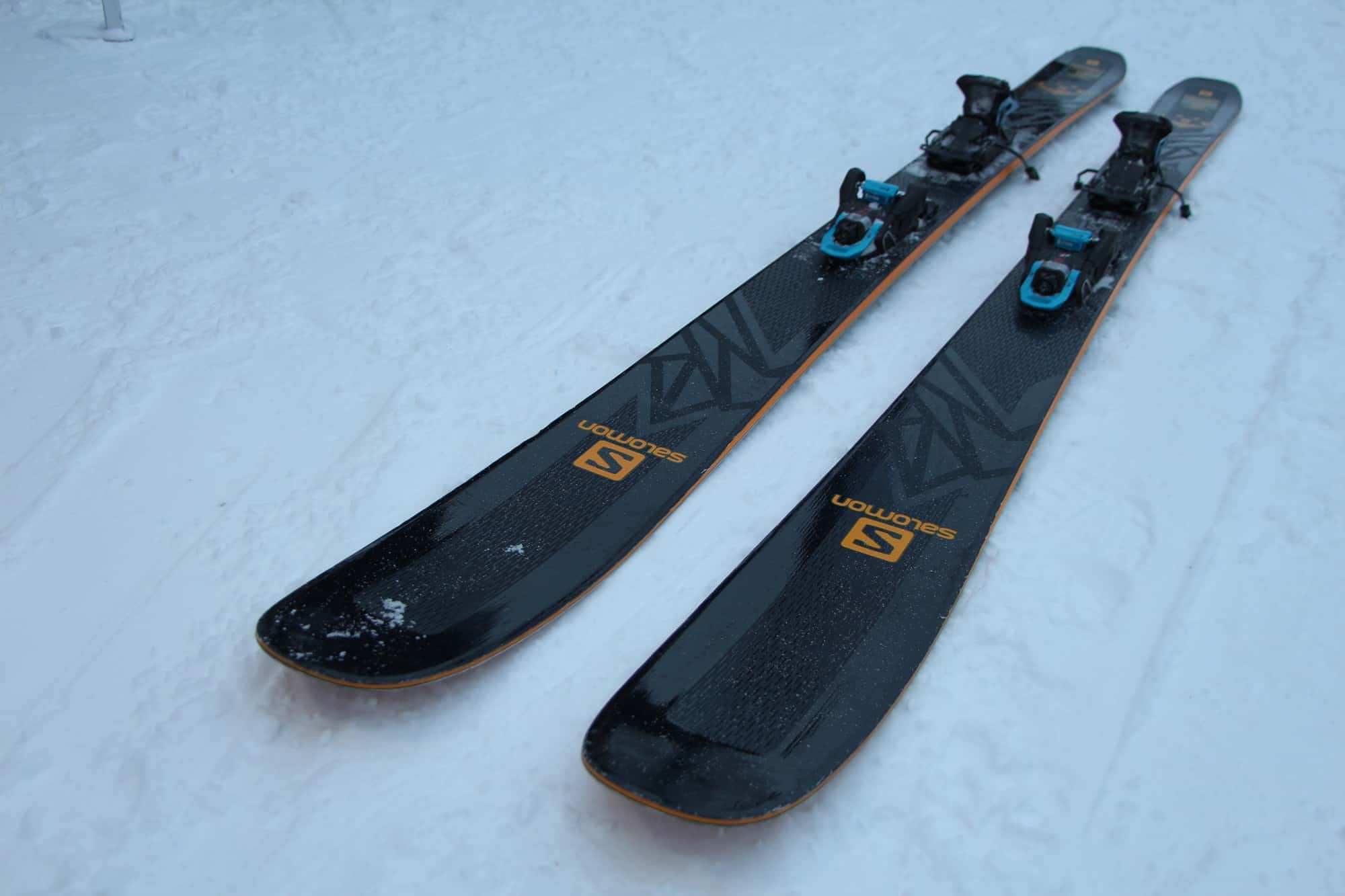When buying the best skis, you need to know what size you need.
Skiing is a complicated sport, which often turns into a lifestyle all its own. Just getting to know goggles like the Smith IO 7 can be a learning experience. Getting started skiing can be overwhelming and intimidating, and I should know – as an instructor I spend over 100 days each season teaching new skiers. Once you’ve figured out what size skis you need, you should also read our review on how to wax skis.
Once you fall in love with skiing, the first order of business on your mind is likely buying your own pair of skis. To choose the best skis you’ll have to ask yourself, “What size skis do I need”? I’m going to answer this question for you in a simple and comprehensive way. To boil it down, what really matters is your height, weight, skiing style, and preferred terrain. And if you want to learn about how to dress for the slopes, read our review of what to wear skiing.
Make sure to check out my list of this season’s best all mountain skis before you make your final decision. Now let’s learn what size skis are the best choice for you! And once you’ve got your ski sizing figured out, you’ll want to take a look at the best men’s ski goggles before you hit the slopes.
How Are Skis Measured?
Tip / Underfoot / Tail
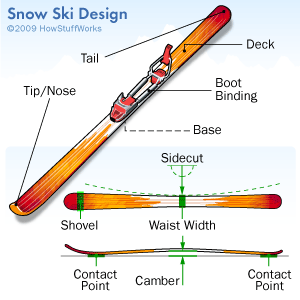 Understanding how ski sizes are measured is critical to choosing the right ski, and you won’t make a mistake or be mislead by a salesman if you know how the system works. Here’s what a ski measurement looks like:
Understanding how ski sizes are measured is critical to choosing the right ski, and you won’t make a mistake or be mislead by a salesman if you know how the system works. Here’s what a ski measurement looks like:
(130/75/120)
These numbers represent the width of your ski in three different places, which are always measured in millimeters.
- First (130) – This is the measurement of the width of your ski tip in millimeters.
- Second (75) – This is the measurement of the width of your ski directly under foot in millimeters.
- Third (120) – This is the measurement of the width of your ski tail in millimeters.
What type of ski would have a measurement similar to our example? This is a carving ski for sure! How do we know? It’s all about side-cut.
Side-cut
Side-cut is really a measure of how much “hourglass” curvature your skis have. More side-cut means a more aggressive and responsive carving ski. Less side-cut usually means better float in powder.
Sidecut = (((Tip Width + Tail Width) / 2) – Waist Width) / 2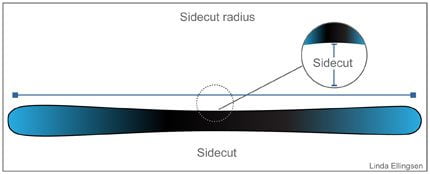
With that painful piece of algebra out of the way, you’ll be happy to know that side-cut can easily be measured by simply propping your ski on its side and measuring the air gap between the ski and floor. Simple, right?
Length
Next there’s ski length, which is measured in centimeters and represents the total length of the ski from tip to tail. This one’s pretty straightforward, folks.
Ski length heavily impacts several factors:
- Turn Radius
- Agility
- Stability at Speed
- Flotation in Powder
Longer skis are more stable at speed and float better in powder, however they sacrifice agility and turn radius when compared to to shorter configurations. Be sure to pair your ski choice with the appropriate ski boot size, if you’re asking yourself, “What size ski boots do I need?” then be sure to use this great resource.
Turn Radius
Skis will have a pre-measured turn radius. This is the factory-set turn size (radius in meters) which is created based on the side-cut. Because the side-cut of every ski creates some portion of a circle, the turn radius of the ski can be measured by calculating the size of the circle resulting from the side-cut.
You’ll usually see turn radius expressed as follows:
17m @ 170cm
This means that if you purchase this specific ski in a length of 170cm, it will carve a 17m radius turn when put on edge. If you go longer, expect a bigger turn radius. If you go shorter, expect a smaller turn radius.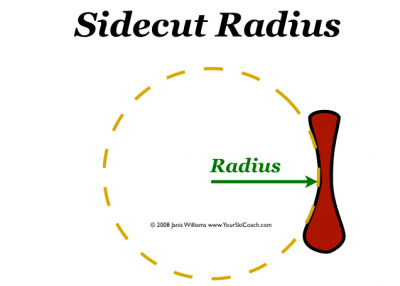
To put turn radius into perspective, a highly agile slalom ski may have a turn radius as low as 11m. Larger and longer all mountain and powder skis may have turn radius extending into the 30m range or even above.
Factors Affecting Ski Size
Your ski size will be impacted by several key factors. Each of these factors must be considered interdependently and within the blend of all factors in order to correctly choose a ski for you. Ski size cannot be determined by one factor alone, it’s simply not possible. These are the most important contributing factors when choosing a ski size that’s right for your frame:
Skier Height
Your personal height will greatly impact the length of the ski you ride. Here are a couple rules of thumb to get you started determining what size ski you need:
- Beginners – Choose a ski which is no taller than your chin when standing straight with the ski touching the floor.
- Intermediates – Choose a ski which is between chin and nose height when standing straight with the ski touching the floor.
- Expert – Choose a ski length based on your preferred skiing style and needs. Usually no shorter than chin height and no taller than forehead height.
For another good comparison, use this women’s ski size chart for a starting measurement. For the children, this kids ski size chart should be a good place to start.
Beginners will want a shorter ski as they are more agile, responsive, and easier to learn on. Learning to ski with unnecessarily long skis will simply slow down your learning curve, and likely frustrate you as you learn new skills. Ski bindings may also change based on skier skill so be sure to compare this ski binding size chart if you need a second opinion.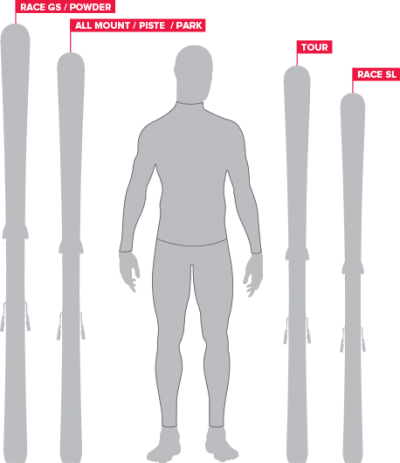
Experts may choose a ski of any length based on their needs. Longer skis float better and are more stable at speed, while shorter skis are more agile and responsive. At the expert level you should be able to make that decision for yourself.
Don’t forget to make sure the rest of your equipment is up to the job this year, review my list of the best ski goggles available today! It’s also really important to size your ski pole choice based on your height.
Skier Weight
Because a lighter skier needs less ski surface area to stay afloat in the snow, these skiers may choose a relatively shorter ski. Heavier skiers will need to choose a relatively longer ski.
If you’re a beginner skier and the height from chin to floor measures 160cm for you, but you’re overweight for your height, it will be prudent to choose perhaps a 165cm or 170cm ski to compensate in most scenarios. The opposite holds true for lighter-than-average skiers.
Of course this rule of thumb must be taken with a grain of salt, and you have to be honest when comparing yourself to the “average” body stature for a given height.
Skiing Style
Ski size will vary based on what type of skiing you want to do. For the best results and most fun on the mountain, be sure to learn how to wax your own skis. I’m going to break down a list of ski types you will commonly see when shopping for skis, and what they mean based on skiing style.
- Carving Skis – Good for skiers who like to stay mostly on groomed runs. This type of ski is usually the best choice for a beginner skier.
- Powder Skis – Great ski choice for intermediate or advanced skiers looking to spend time off the groomed runs, skiing the fresh powder. These skis are usually much wider than carving skis.
- All Mountain Skis – A balance between carving skis and powder skis, these skis are moderately wide and meant for both groomed runs and off-piste skiing. To make your choices easier, I’ve narrowed down this year’s best all mountain skis.
- Twin Tips – Featuring rockered (up-curved) tips and tails, these skis are usually for freestyle or park skiing. Generally wider and resemble powder skis.
Preferred Terrain
Here’s another way to look at what size ski you need. Perhaps you know what type of terrain makes you the happiest when ski on the mountain, and you’re wondering what ski size best compliments your style. I’m going to show you how to choose a ski to meet your terrain preference.
- I love skiing groomed runs – You want a carving ski. These skis are skinny and narrow (70mm-80mm underfoot) with defined hour glass shapes.
- I love skiing powder – You want a powder ski. These skis are fat (95mm-130mm underfoot) with a more uniform shape from tip to tail.
- I love skiing everything – You want an all-mountain ski. These skis are wider (80mm-100mm underfoot) but still feature the hourglass shape called side-cut. Check out my list of this season’s best all mountain skis.
- I want to do tricks – You want a park ski. These skis are twin tip skis with wider bases (80mm-100mm) and variable side-cut. Look for skis with aggressive rocker (upward curving tips and tails resembling a banana).
- I want to rip zipper lines in the moguls – You want a dedicated mogul ski. These skis are often really narrow (<70mm under foot) and short (usually no more than 170cm).
Conclusion
While we haven’t exhaustively examined all types of skis (we left out racing skis), you’re now ready to choose the best ski size for you. Start by measuring the length of your ski as a rough guess of your height to your chin or nose. Then, considering the other factors we’ve outlined, decide if you need a longer or shorter ski for your preferences.
Don’t forget to choose the type of ski best suited to your needs. Choosing an appropriately sized and shaped ski for the task at hand is critical to safe, efficient, and effective skiing. While you’re at it, make sure your wardrobe is up to the task by learning what to wear skiing this year! See you on the mountain!
Related Articles:

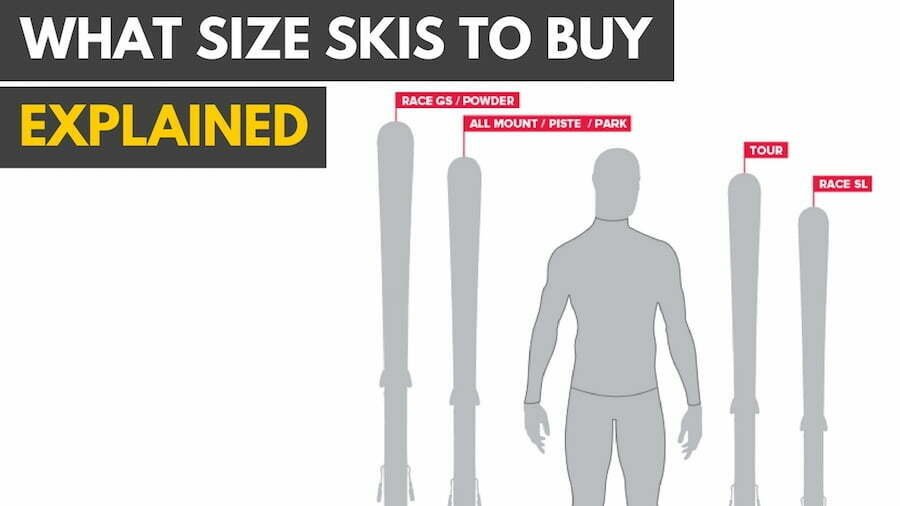













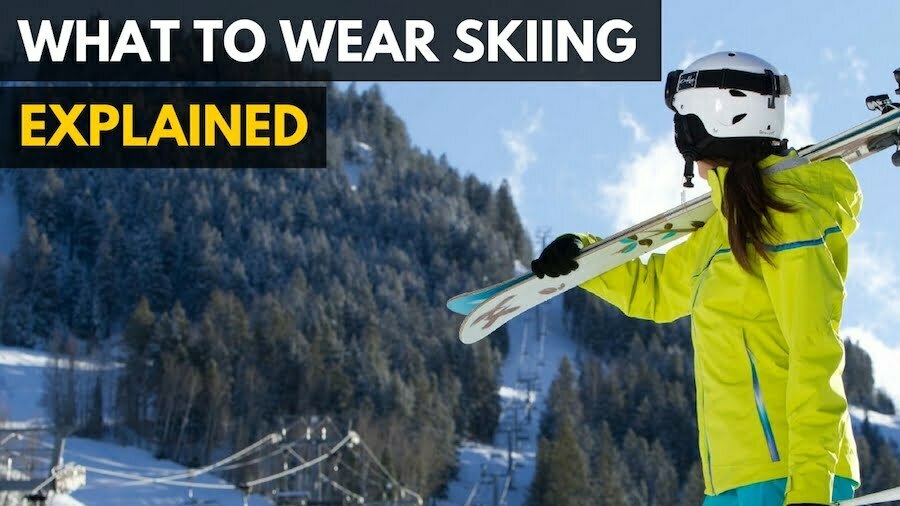
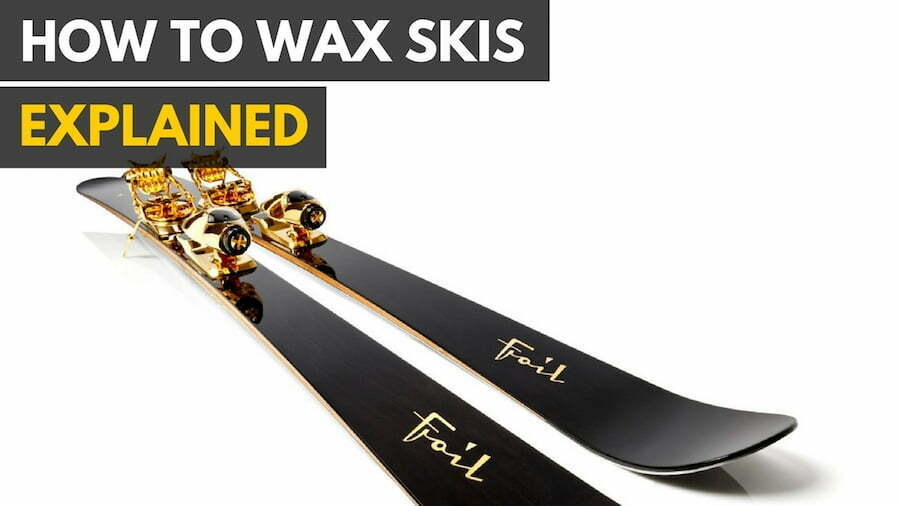
![Best Skis in [year] ([month] Reviews) 14 Best Skis in 2026 (January Reviews)](https://www.gadgetreview.dev/wp-content/uploads/Elan-Amphibio-84-Ti-Best-Skis.jpg)
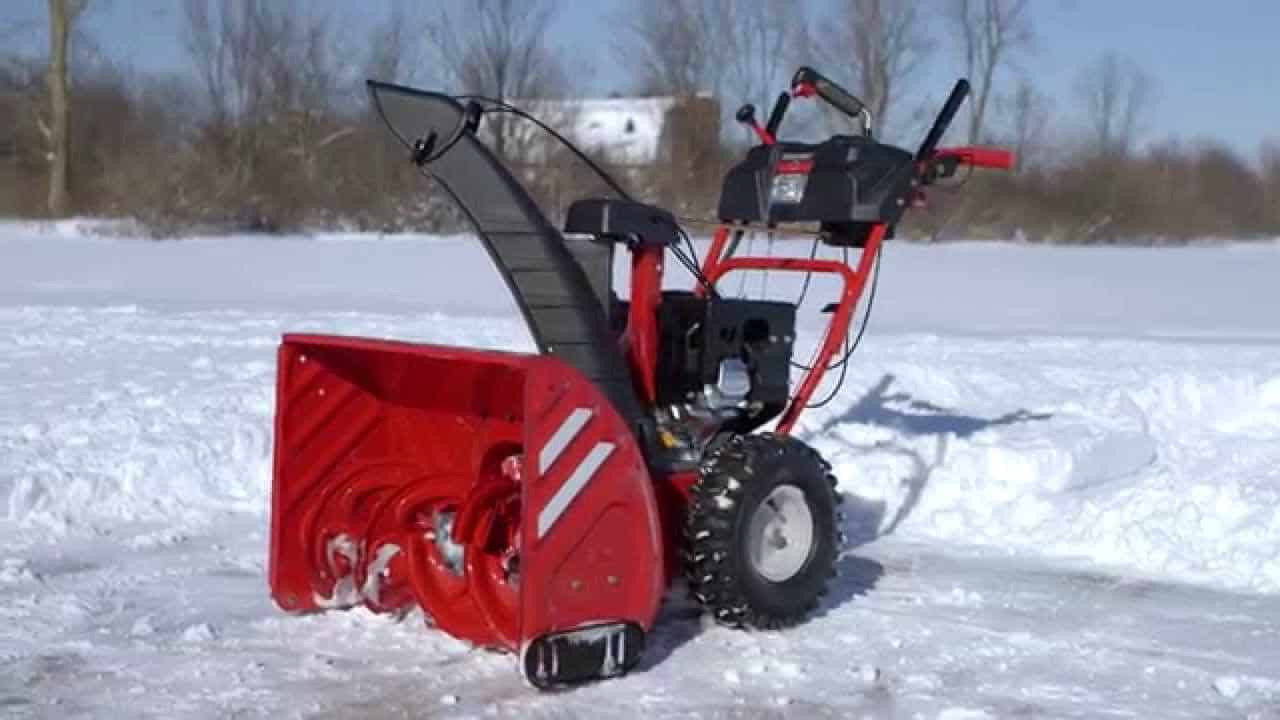
![7 Best Walkie Talkies to Stay in Contact in [year] 16 7 Best Walkie Talkies to Stay in Contact in 2026](https://www.gadgetreview.dev/wp-content/uploads/best-walkie-talkies-to-stay-in-contact.jpg)
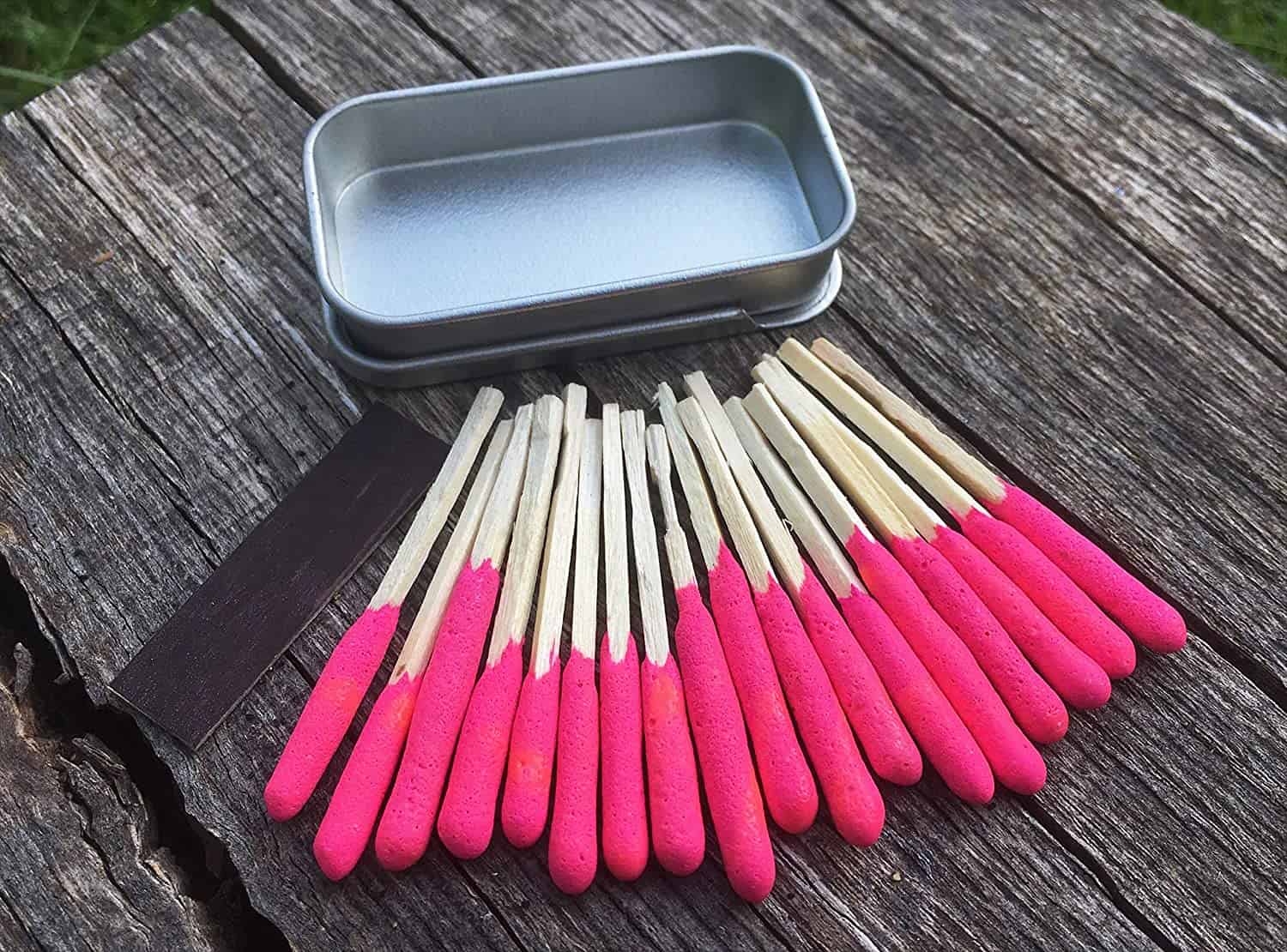
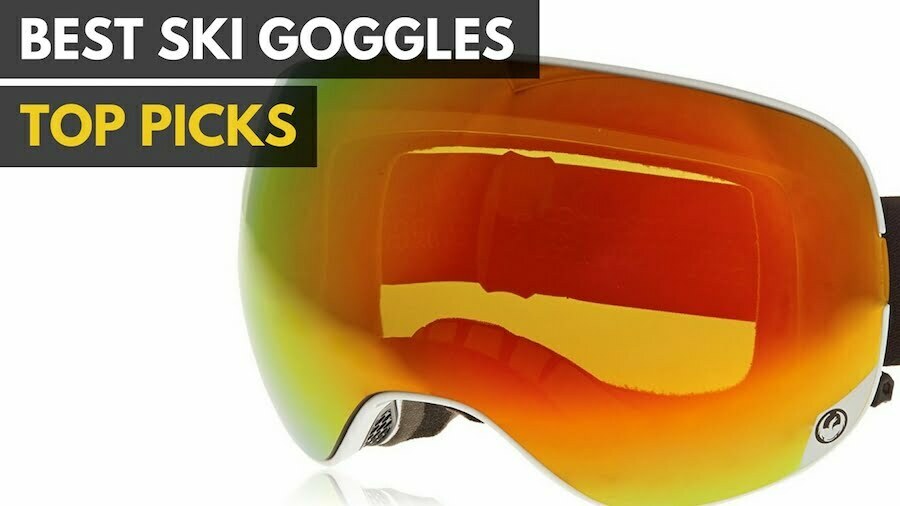
![Best Ski Boots in [year] 19 Best Ski Boots in 2026](https://www.gadgetreview.dev/wp-content/uploads/best-ski-boot.jpg)
![7 Best Carabiner in [year] 20 7 Best Carabiner in 2026](https://www.gadgetreview.dev/wp-content/uploads/best-carabiners.jpg)
![7 Best Ropes in [year] 21 7 Best Ropes in 2026](https://www.gadgetreview.dev/wp-content/uploads/best-rope.jpg)
